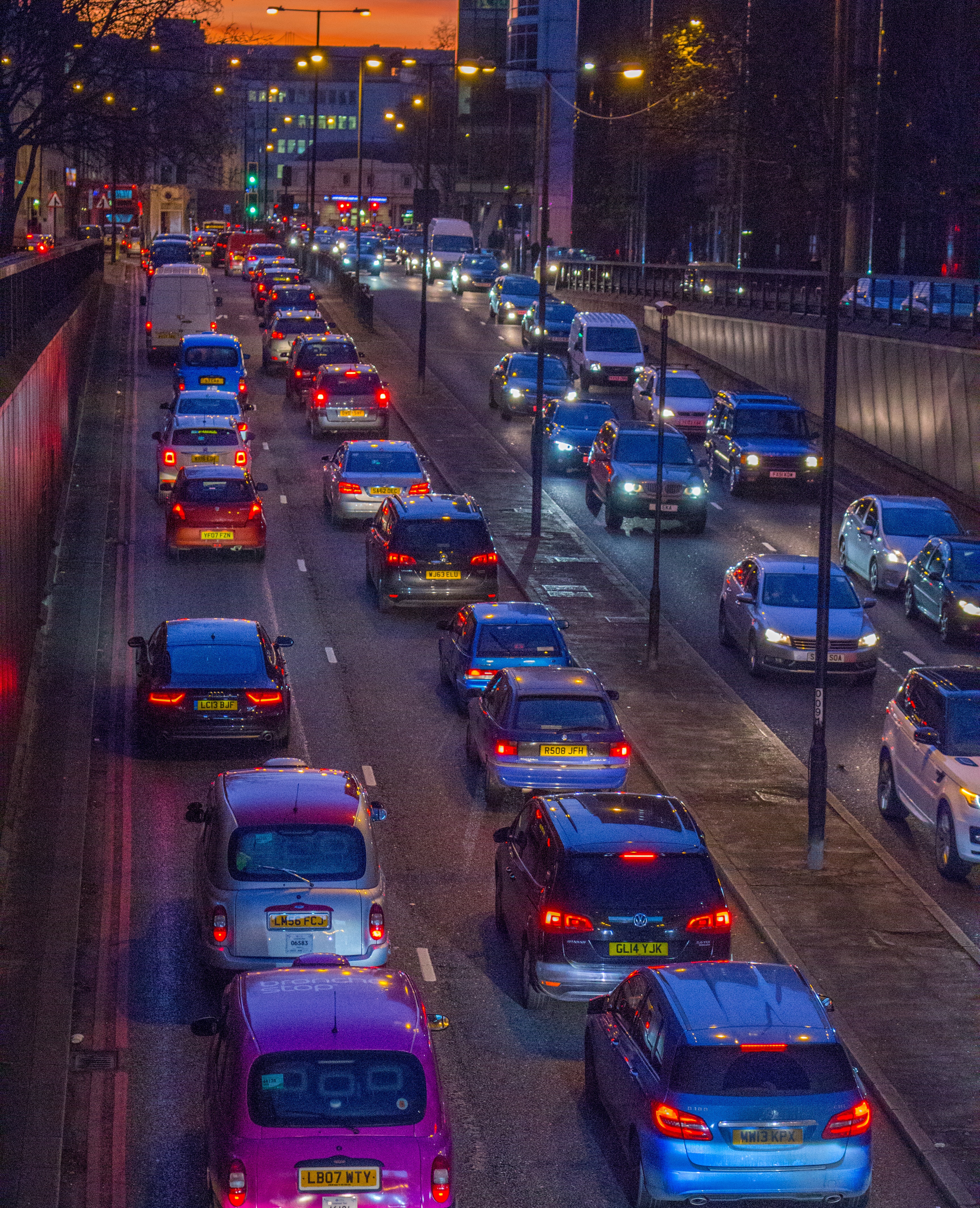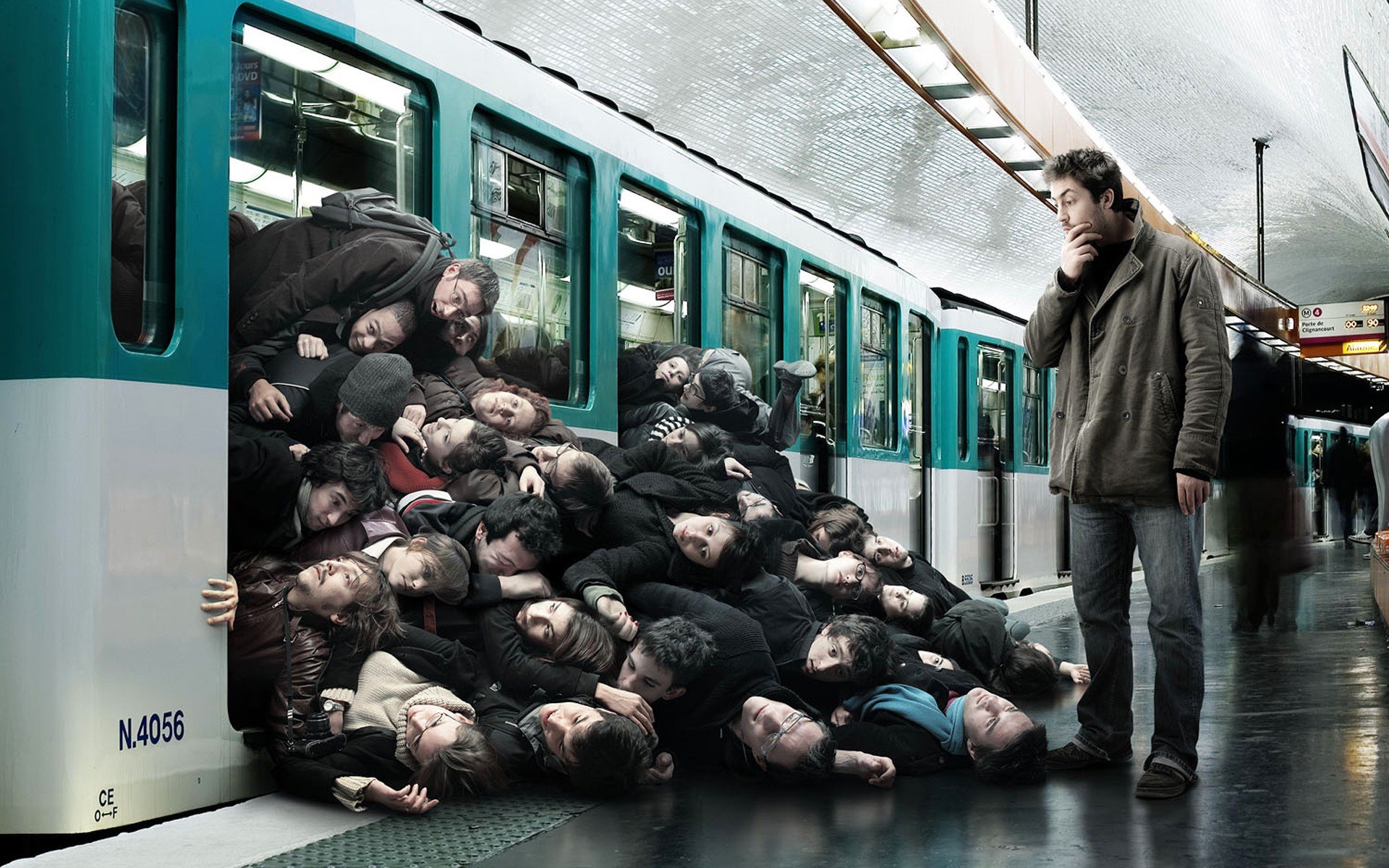THE CHALLENGE
HIGH AMBITIONS ARE MORE FUN TO LIVE UP TO
The Future mobility manifesto

1. No more traffic jams
The FlyByke mobility idea popped up in one of the many hours of wasted time in traffic jams around Brussels. From despair emerged inspiration ...
Traffic jams cost billions to society. An average commuter in a european metropole spends 72 hours additional trajectory time per year ! That's 9 working days !
So let's get rid of them ...

2. No more waiting, no more transfers, never delayed
Nice try, avoiding traffic by public transportation. There are some downsides too ...
Overcrowded trains and busses, waiting times at stations, delays, missed transfer connections, technical breakdowns and strikes ... The reliability is just as bad as for car traffic and decreases exponentially with each transfer on the path.
Can we also get rid of that ?

3. No more 'last mile' problem
A lot of improvement can be expected from Mobility as a Service (MaaS) development, providing better harmonisation between transportation companies for connection alignment and tarifs. MaaS may also contribute to solving the last mile problem by connecting to micromobility iniatives like shared bikes or e-scooters, allowing for smooth multimodal transit. That's what it says ...
But wouldn't it be easier to provide a reliable door-to-door solution in a single mode ?

4. Save the planet
Speaking of high ambitions ...
But wasn't technology the way forward?
In the European Union road traffic accounts for 1/3rd of the energy end use, the largest single contributor to carbon emissions. Not to mention fine dust, NOx, SOx and noise. If technology can reduce that by a factor of 10, it would crazy not to do it.
And it can be done. Not by taking away people's mobility or travel experience, but by improving it !
Let's reduce energy use for transportation by a factor 10 !

5. Viable Cities
Mobility has a tremendous impact on the viability of cities. Roads and parking places occupy a giant surface of real estate, that can be put to a better use. Roaring traffic, pollution and road unsafety degrade the quality of life. Viability for citizens can be strongly improved by reducing the number of cars and introducing more bike lanes, pedestrian zones, parks, playgrounds and trees in the urban environment.
How can we do this without compromising on accessibility and without disconnecting the city from its surroundings?
Let's convert road into living space, without compromising on mobility !

6. Road safety : Track to zero
1,35 million people die in traffic every year, or one casualty every 24 seconds! (WHO Road Safety Report 2018). Despite all efforts of the industry, trucks and cars are fundamentally incompatible with pedestrians and bikes, due to their letal combination of high weight and velocity in case of an impact. The trend towards more SUVs and electric cars is not helping.
Unbundling traffic into independent layers for different mobility modes solves this incompatibility.
Let's create a new conflictless mobility layer and push accident statistics towards zero !

7. The ultimate customer experience
How can we ever compete with the superior customer experience of cars?
Car drivers stay dry and warm in their private comfortable seat, listening to their own favourite music. A car brings you from your personal drive to the doorstep of your destination. In any weather, in any environment, ranging from a sandy country road to a busy metropole.
Can we keep this part ?

8. Autonomous vehicles
The best part of going by train nowadays is not having to drive yourselves: you can do something useful, fun or relaxing during the ride. AV will bring that comfort towards individual vehicles, adding privacy to it. Imagine the range of activites that would add to the travel experience !
Besides that, AV developments target to decrease the accident risk and may give a dramatic increase in network capacity.
We can't wait to develop Autonomous Vehicles !

9. Accessible
A bike, a car or even public transportation are not an option for a lot of disabled or elderly people. Limited accessibility or the requirement of a driver licence can lead to severe restrictions on people's personal mobility and social life.
Future mobility should remove barriers as much as possible.

10. Affordable
Mobility infrastructure typically requires billion € investments to achieve a small improvement. During the lifetime of the assets, the same amount is spent on maintenance. Building cheaper infra will not only reduce the public cost of mobility.
When mobility projects are cheap enough to become profitable without public funding, it will be much easier to raise private capital for infrastructure works.
Let's take the burden of infrastructure costs away from the tax payers !
